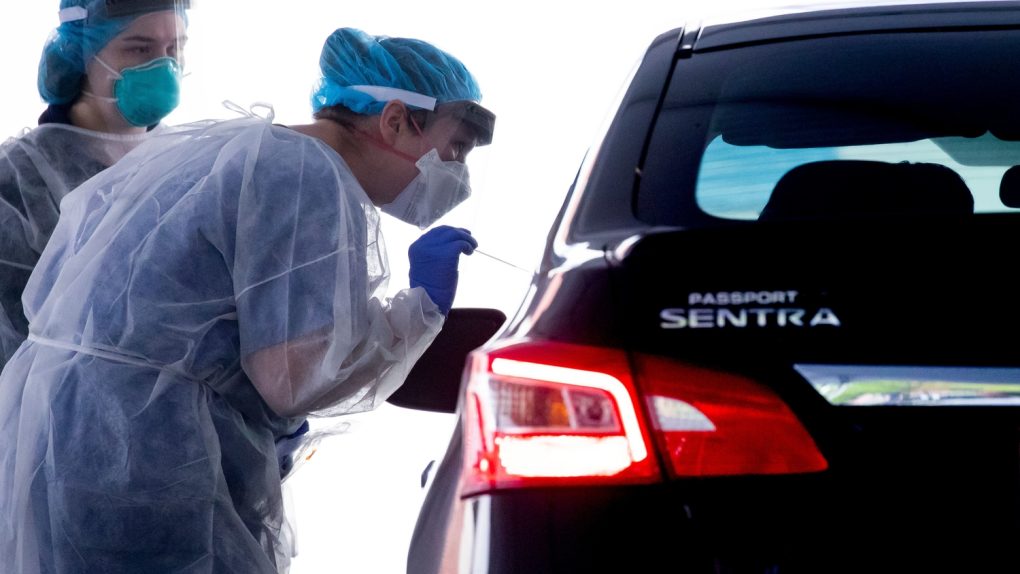- Coronavirus cases are still on the rise in the US, even as the Trump administration is pushing for the country to slowly start reopening again.
- Coronavirus testing, along with complementary contact tracing, is going to be the key element for ending quarantines and lockdown orders around the US as the fight against the virus enters a new phase.
- Here’s a look at what the contact tracing process entails.
- Visit BGR’s homepage for more stories.
If the US has any hope anytime soon of gradually reopening the country and our economy, everything from local restaurants and other businesses to larger industries like airlines and hotels, without sparking an unsustainable new outbreak of coronavirus cases, here’s the thing. We have to have a much more robust testing and surveillance infrastructure than we do now, full stop. It’s not a matter of seeing the case numbers start to gradually decline and thinking it’s safe — if we don’t do this right, there’s a strong likelihood will be putting ourselves in an even worse position than before.
For that not to happen, we have to do two things you’ll keep hearing over and over again as we move into this new phase of the crisis (the reopening): Testing, but also “contact tracing.” Most of us have heard and seen that phrase a lot in the news recently, but what exactly does that mean? What does contract tracing entail, and how does it work?
The purpose of contact tracing is exactly what the name implies — to trace the chain of people that an infected person has come into contact with, to follow up with those contacts and see how they’re feeling, and to determine whether they need to be tested themselves, and maybe even quarantined.
There are estimates that contract tracing, on a national scale, could require at least a few billions of dollars of investment and the hiring of more than 100,000 people. The work of those contact-tracers could unfold either by text or a mobile app, as well as via a telephone call — and at least one city, San Francisco, offers a model for what people around the country can expect once these kinds of efforts really get ramped up where they are themselves.
San Francisco is using a team of some 140 people, including medical students as well as staffers from the city attorney’s office, to go down the list one by one of the people who’ve been tested for the coronavirus. As of the start of this week, the city had recorded more than 1,100 COVID-19 cases and at least 20 deaths.
What happens next
The contact tracing gets rolling by starting with someone who’s been tested and who’s offered up details about people they’ve come into contact with, which tends to start with either a roommate or significant other. From there, per a recap of the process in San Francisco from NBC News, the contact tracer starts putting out calls. “You are being called because you have been identified as a close contact to a person with a confirmed novel coronavirus infection,” is how they might explain things to the first person on their call list. “Do you know who that person might be? If so, please state their name.”
If the person doesn’t know this might be referring to, they’ll be told something like “Nonetheless, we would like to ask you some questions since we think you may have been exposed to the virus.” The tracer asks for demographic data like the person’s race and date of birth, as well as whether they’ve been tested for the coronavirus and what their living situation is. That’s to determine how feasible it would be to quarantine themselves where they are. The person will also be asked whether they have any symptoms.
A person who the tracer classifies as high-risk will be contacted again by a clinician in a week to 14 days. They may also be asked if they have enough food and necessities to support a two-week quarantine, or whether they need to be put into contact with an agency to help with that.
It’s tedious work, but this kind of painstaking contact tracing, officials say, is the one and only way to definitely move states and cities away from the current shelter-in-place orders that have resulted in quarantines for much of the US for weeks now.








